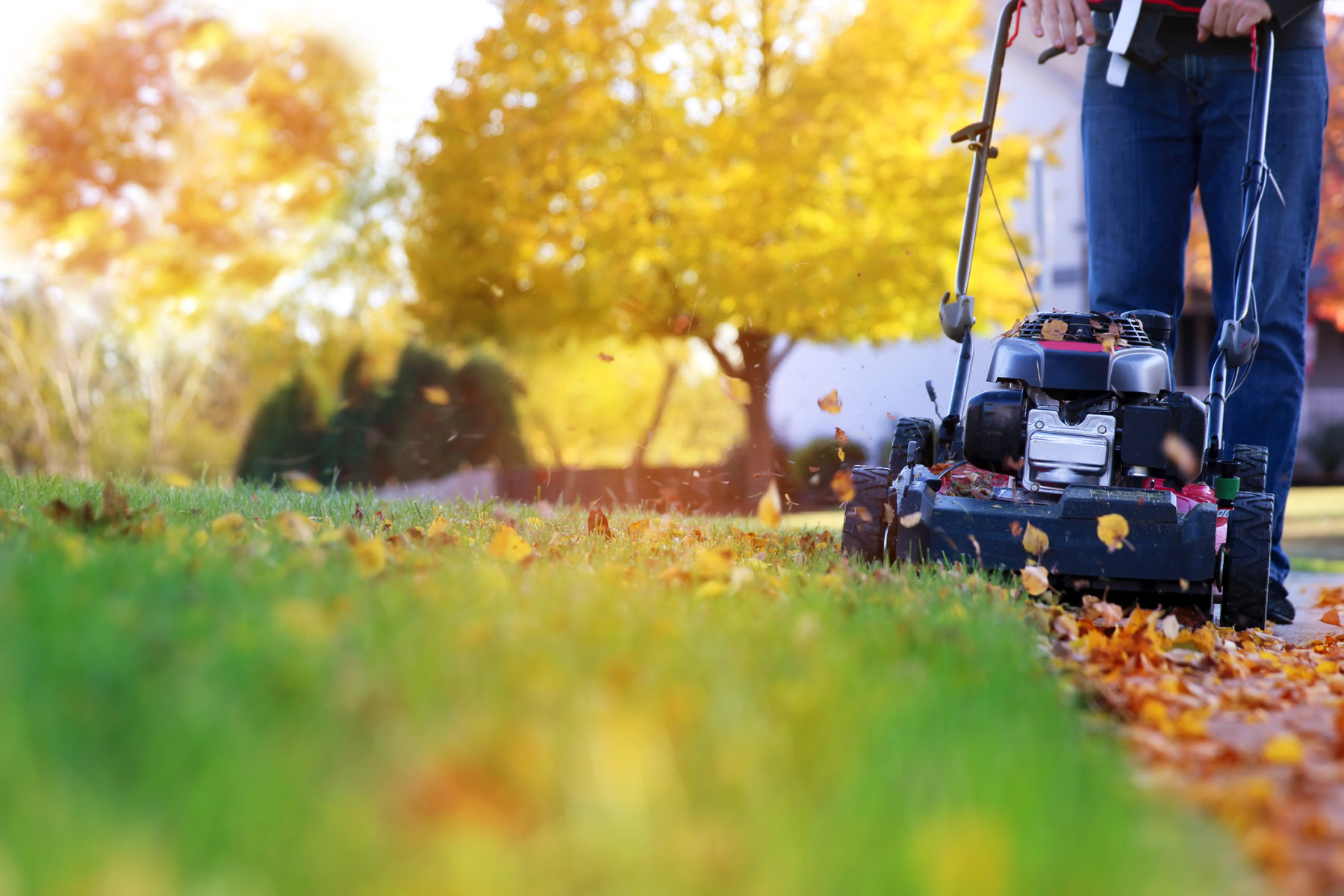How Do I Prepare My Landscaping for Winter?
December 8, 2022
 There’s a chill in the air, and that means it’s time to winterize your lawn and landscape to ensure a more beautiful and healthier home exterior in the spring. Below, you will find eight different tasks that you can add to your checklist to ensure that you have covered all your bases.
There’s a chill in the air, and that means it’s time to winterize your lawn and landscape to ensure a more beautiful and healthier home exterior in the spring. Below, you will find eight different tasks that you can add to your checklist to ensure that you have covered all your bases.
- Check the Soil’s Nutrients
If you prefer a wide range of flora in your yard, it’s important to ensure that the soil contains the right nutrients to sustain it. You can find affordable DIY kits online to test your soil and determine what you need to add. Adding compost to your lawn just before the winter season can boost nutrient availability, as well.
- Do Some Weeding
Many weeds can continue to grow through the winter months, so it’s important to get them out of the ground as soon as you can. Otherwise, they’ll take precious nutrients from your grass and other plants even as they lie dormant. Manual weed removal is best; focus your efforts on the biggest weeds, and don’t worry if you miss a few here and there.
- Cut the Lawn Short
While you should never cut your lawn too short during the warmer months, it can help to trim it down to about two inches in the winter. This way, when you get snowfall, the grass is far less likely to become the victim of fungal diseases due to the sopping wet conditions.
- Sprinkle Some Fertilizer
Make sure that you are fertilizing your lawn in November or December to ensure that you are giving all the plants the nutrients they need to survive dormancy and make a strong comeback next spring. It’s important to make sure that you buy fertilizer that is intended for winter use; otherwise, it may burn your lawn.
- Don’t Forget to Aerate
Aerating your lawn loosens up the soil and enhances nutrient availability, and it can also help break up a thatch layer that has grown too thick with time. You can wear special spiked shoes and walk around on your lawn if it’s small enough, or you can use a plug-in aerator that you simply push back and forth over the lawn. You can even use a pitchfork if you prefer.
- Add Grass Seed
Now that you’ve finished aerating your lawn, it’s the perfect time to add some grass seed. While it may not germinate right away, it will certainly add to the luster and thickness of your lawn during the spring. Pay close attention to any bare spots and try to prevent foot traffic over the planted area during the wetter parts of winter.
- Turn Your Garden Soil
Once your vegetable harvest is complete for the year, it’s time to till the garden soil to turn it over before the winter. If there are vines and leaves left behind, don’t remove them; keeping the organic matter in the garden will provide it with the necessary nutrients.
- Insulate Your Plants
Even the hardiest plants can benefit from some root insulation, which is easy enough to do. Apply a thick layer of mulch and cover it with pebbles or gravel to help insulate the roots from the biting cold. While you can absolutely add a mulch layer around saplings, be careful not to build it up too much around the main trunk. It can trap moisture and lead to rot or disease.
Preparing your lawn and landscape for winter is an important task as it helps to ensure the health of your grass, flowers, and even soil in the spring. As always, don’t hesitate to reach out to Holliday Sand & Stone if you need sand or stone products to help with your winter landscape projects.

